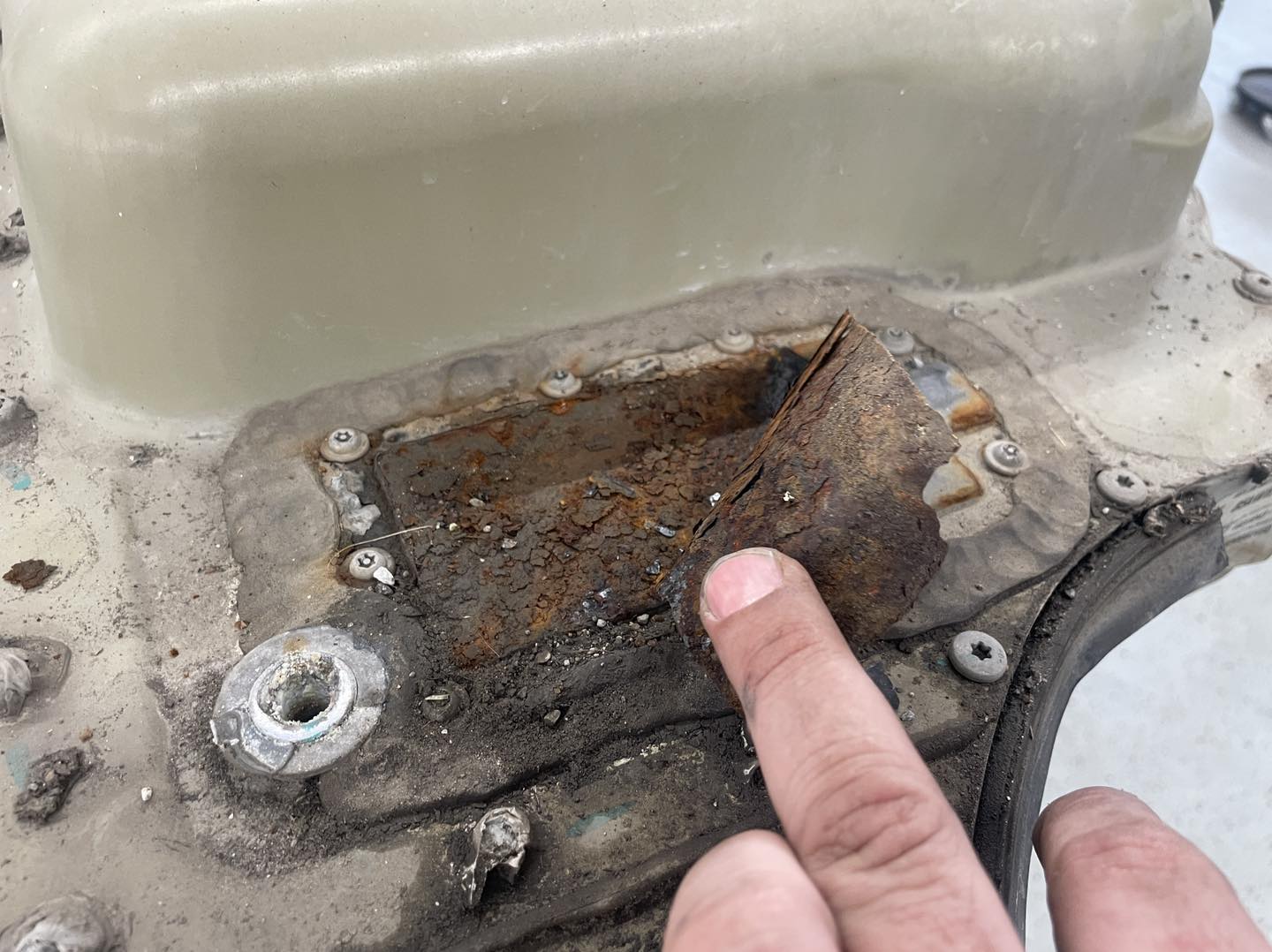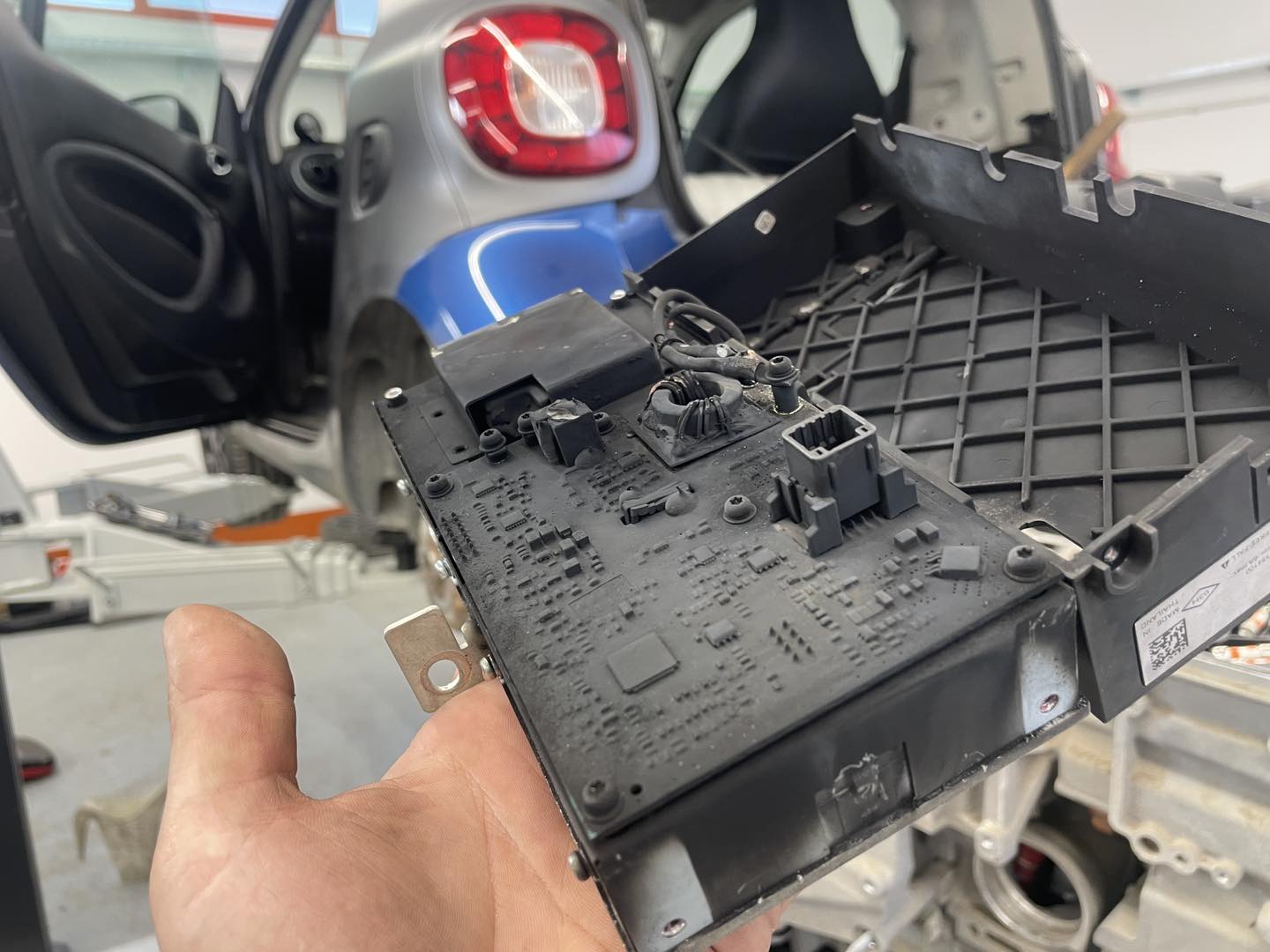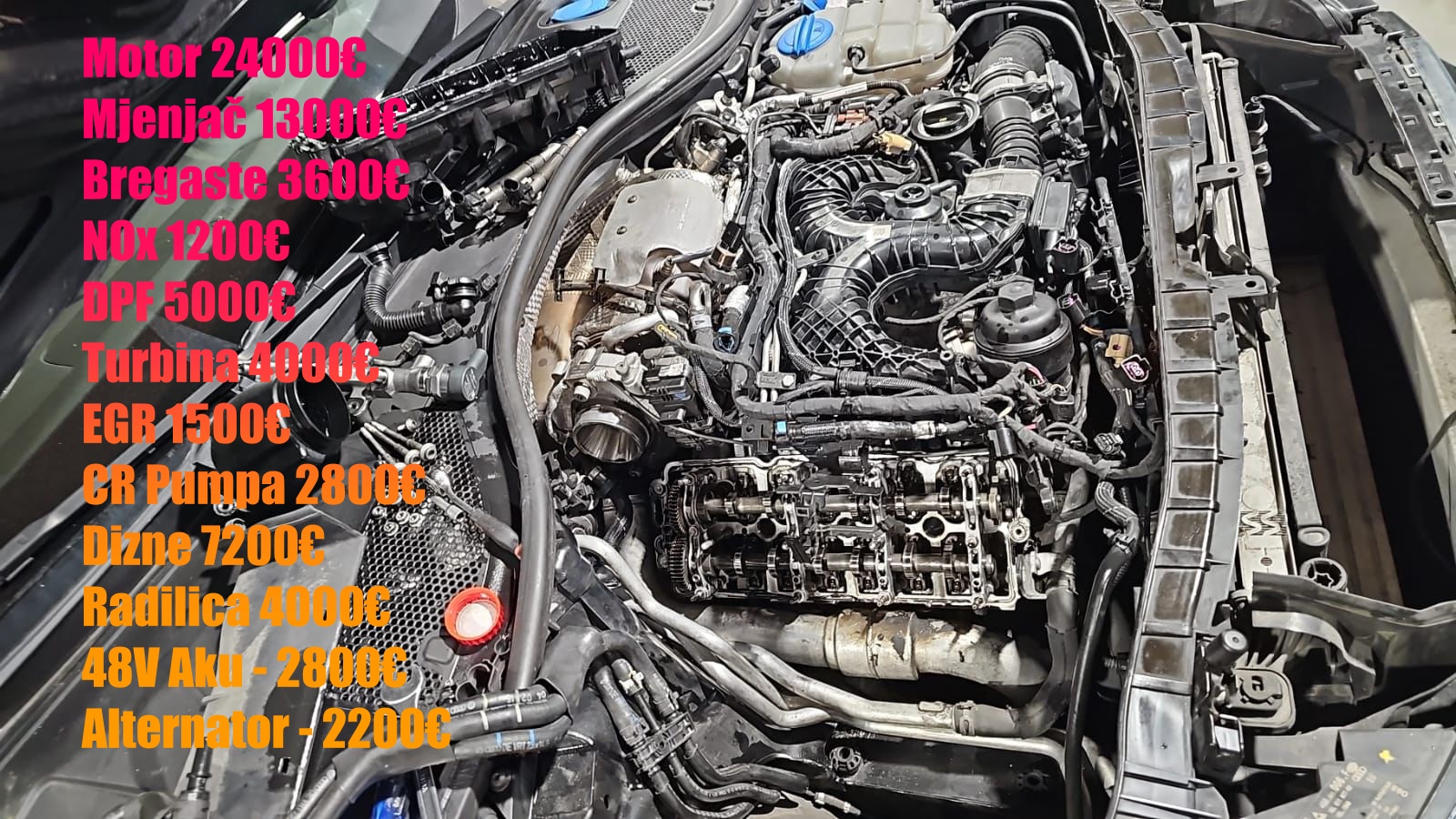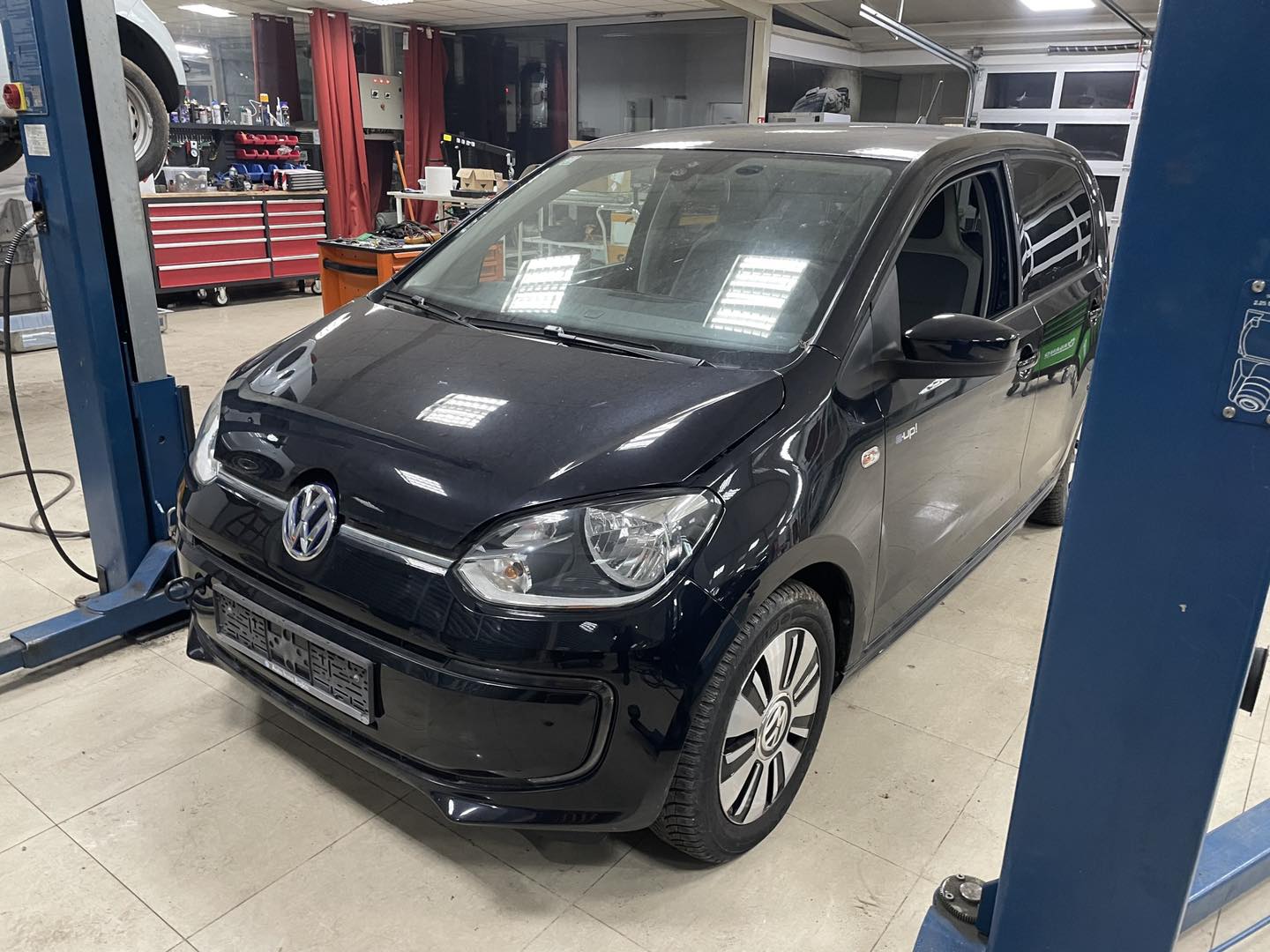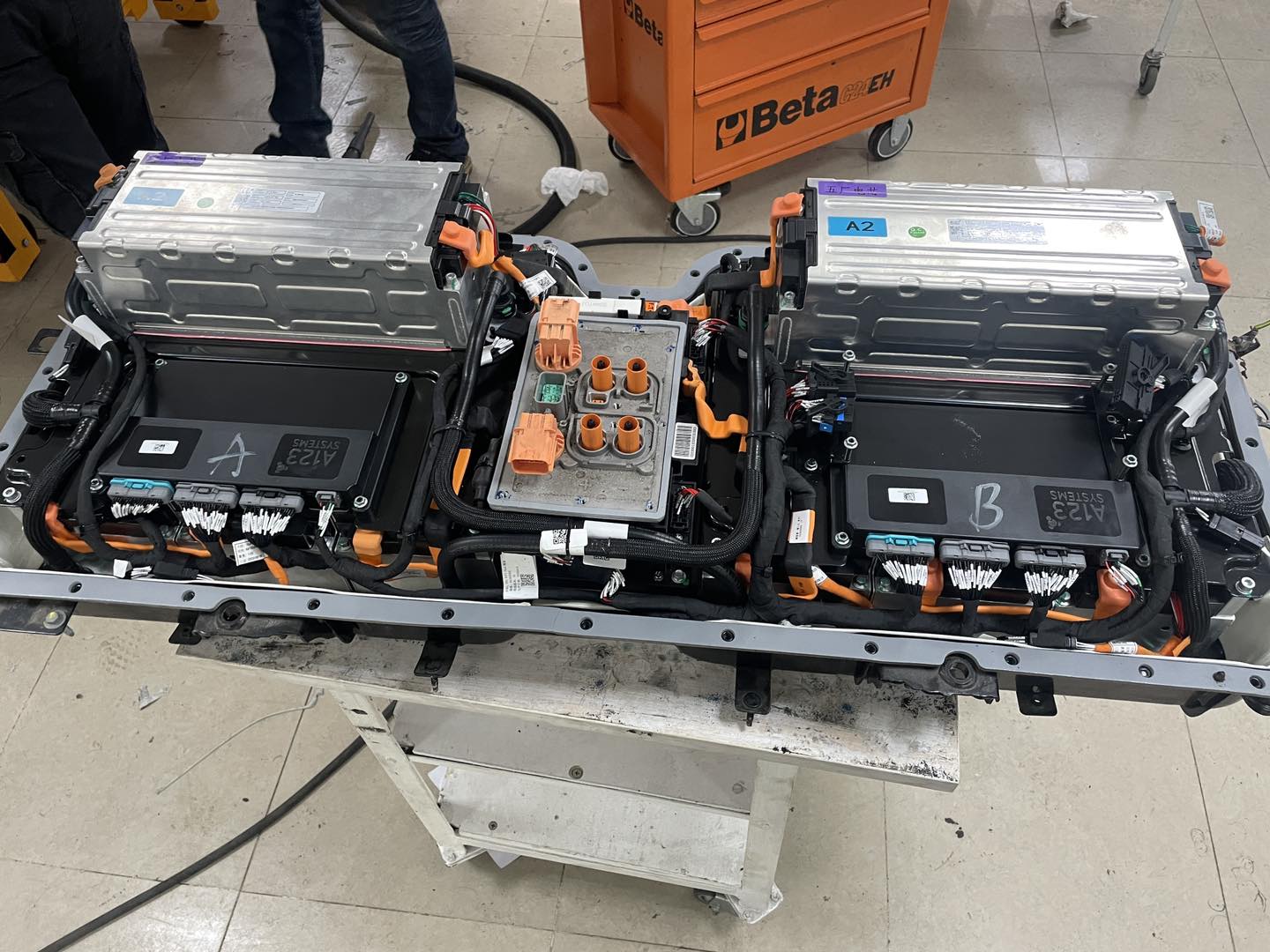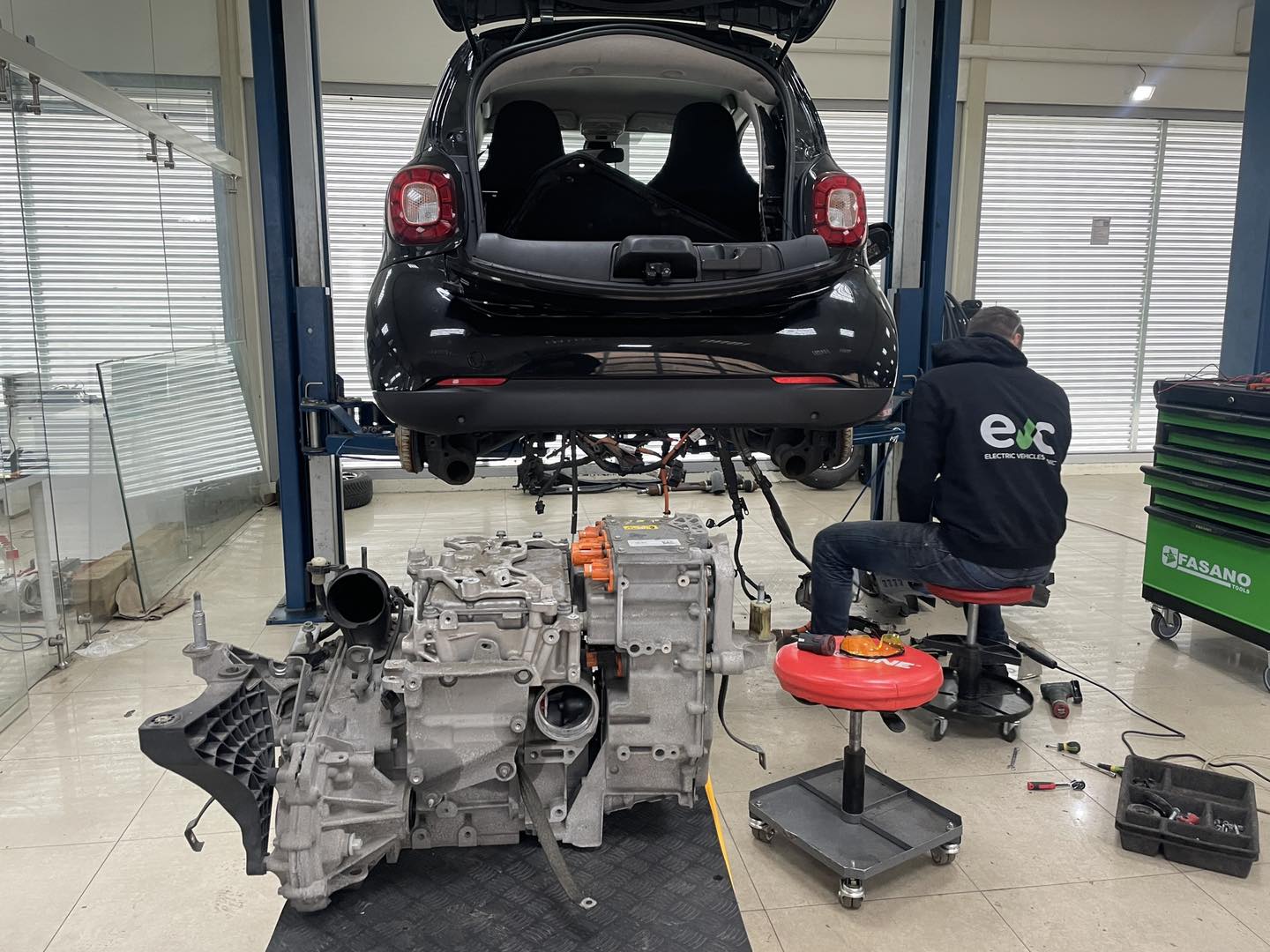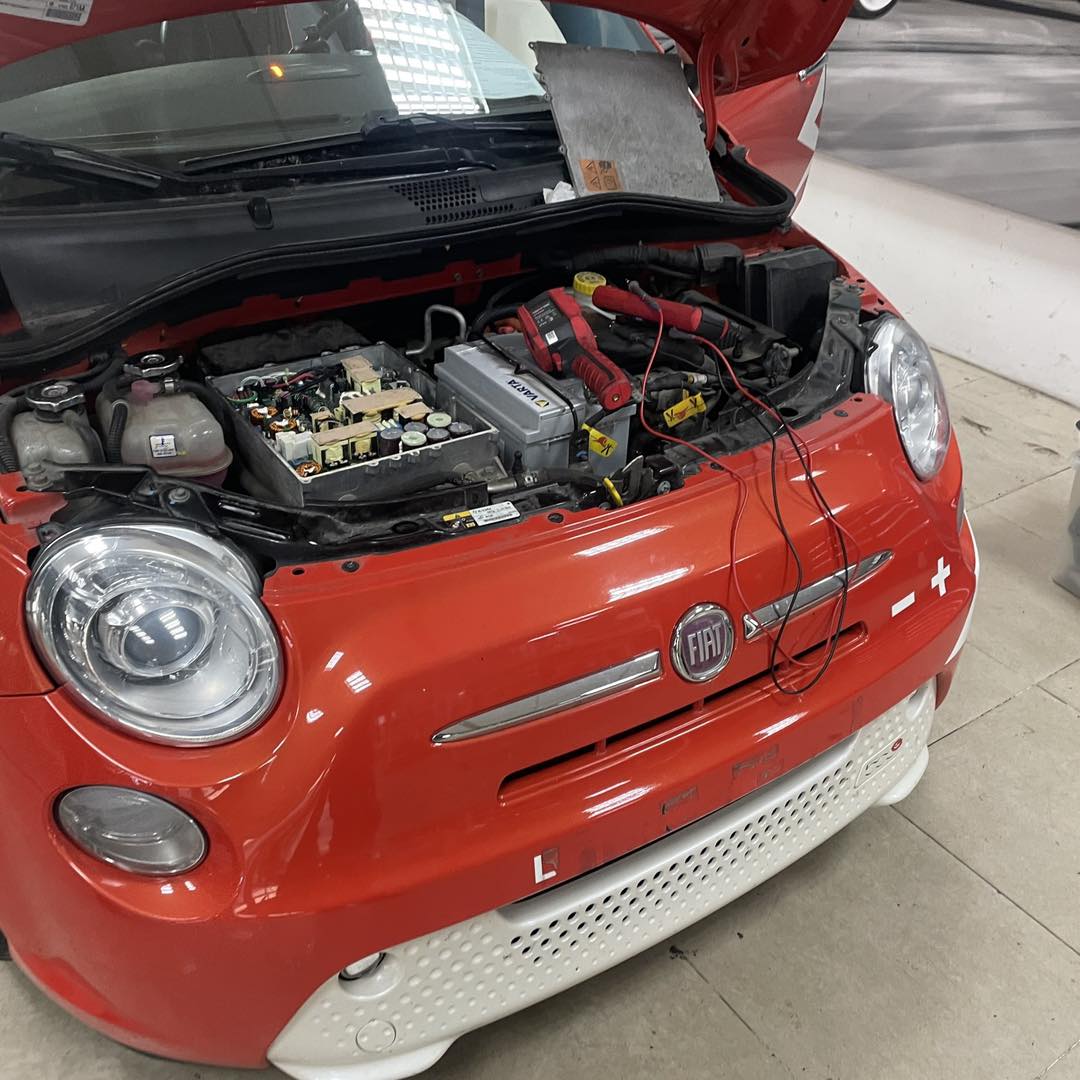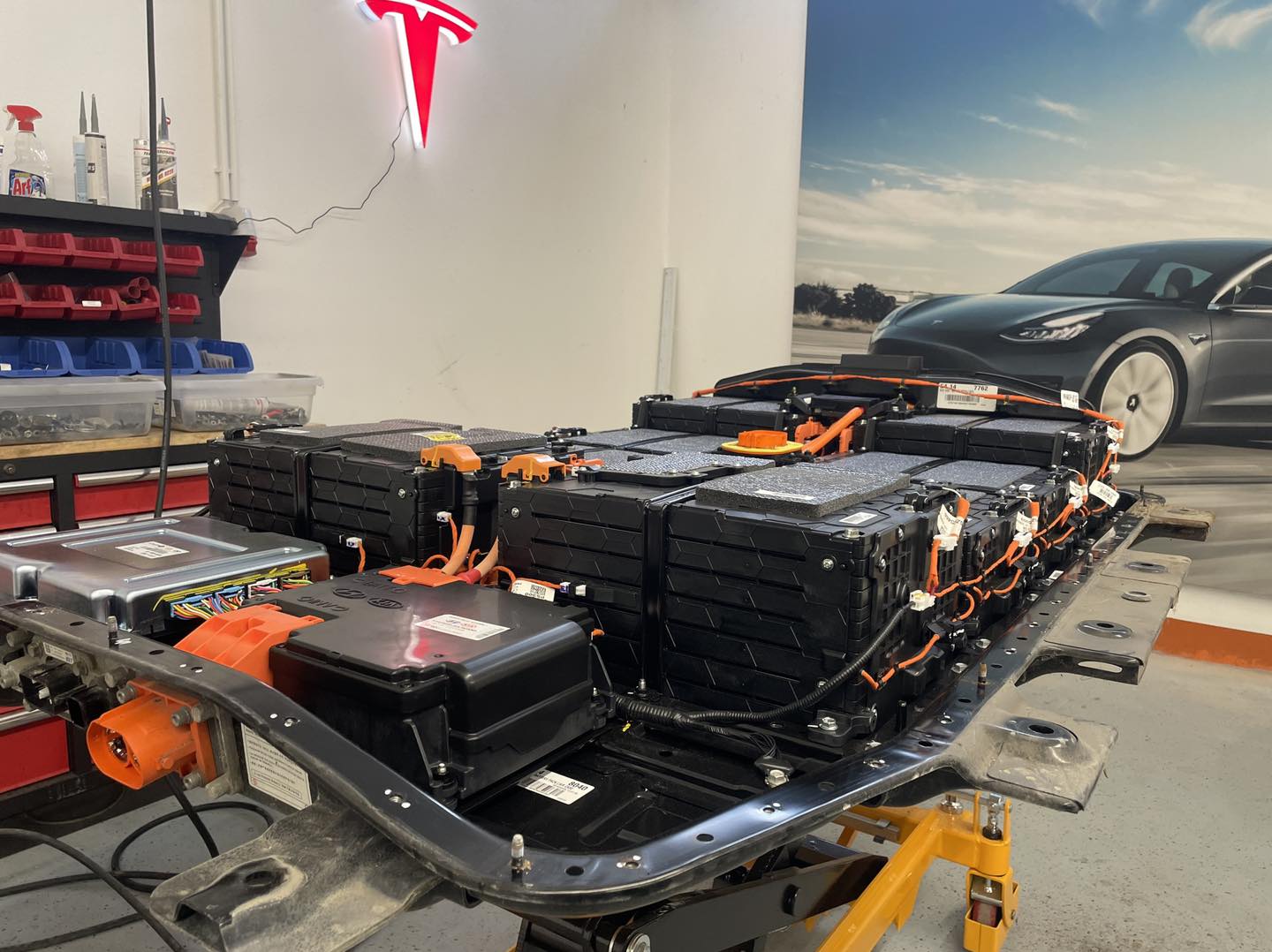
![]() Possible, but not without detailed measurement and materials. This Soul, at 100k km, has a State of Health (SOH) of around 50%, which is not accurate; degradation is closer to 70%, or SOH 30%. Many mistakenly believe it’s just one or two cells that are faulty, but after DCIR measurements, it’s clear it’s not just one. In this case, the Soul had 28 groups, totaling 56 cells to replace, out of 95 groups, roughly 30% of the battery replaced with used and better cells. Previously, the range was about 40km, but after the repair, we managed to achieve around 105km in very cold conditions, while in warm conditions, it should be around 150km. Unlike the Nissan Leaf, this battery has active air cooling from the cabin and heating. Additionally, there’s PTC foil on all blocks to heat the battery if it’s below 0 degrees. Where exactly the problem arises, causing overheating to damage the upper cells of all blocks, is not clear to us either. This Soul is one of the most neglected EVs on the market, completely overlooked and forgotten by the media, yet it’s a very good EV, better equipped than all others from that time. Steering wheel heating, ventilated seats, CarPlay, comfortable seats, spacious, and without any faults except battery degradation. The cells are 35Ah SK Innovative, some strange chemistry, with a form factor without substituting replacement cells. But all of that is not important, because besides the Twizy, eGolf, and Smart Valhalla projects, we will design a battery for the Kia Soul with at least a 36kWh capacity.
Possible, but not without detailed measurement and materials. This Soul, at 100k km, has a State of Health (SOH) of around 50%, which is not accurate; degradation is closer to 70%, or SOH 30%. Many mistakenly believe it’s just one or two cells that are faulty, but after DCIR measurements, it’s clear it’s not just one. In this case, the Soul had 28 groups, totaling 56 cells to replace, out of 95 groups, roughly 30% of the battery replaced with used and better cells. Previously, the range was about 40km, but after the repair, we managed to achieve around 105km in very cold conditions, while in warm conditions, it should be around 150km. Unlike the Nissan Leaf, this battery has active air cooling from the cabin and heating. Additionally, there’s PTC foil on all blocks to heat the battery if it’s below 0 degrees. Where exactly the problem arises, causing overheating to damage the upper cells of all blocks, is not clear to us either. This Soul is one of the most neglected EVs on the market, completely overlooked and forgotten by the media, yet it’s a very good EV, better equipped than all others from that time. Steering wheel heating, ventilated seats, CarPlay, comfortable seats, spacious, and without any faults except battery degradation. The cells are 35Ah SK Innovative, some strange chemistry, with a form factor without substituting replacement cells. But all of that is not important, because besides the Twizy, eGolf, and Smart Valhalla projects, we will design a battery for the Kia Soul with at least a 36kWh capacity.
OEM Kia : 22000€+tax
EVC: 3200€tax
![]() Reparacija baterije KIA Soul 2015 ? Može, ali ne bez detaljnog mjerenja i materijala. Ovaj Soul na prijedjenih 100k km ima SOH na 50% što od prilike nije tocno, jer je degradacija blize 70% tj SOH 30%. Mnogi se varaju da je samo jedna ili dvije celije neispravne, medjutim nakon DCir mjerenja ćelija očigledno je da nije samo jedna. U ovom slučaju Soul je imao 28 grupa tj. ukupno 56 ćelija za izmjenu, od okupno 95 grupa. Što je od prilike 30% baterije izmjeneno rabljenim i boljim celijama. Domet je prije bio oko 40km a mi smo uspjeli nakon reparacije dobiti oko 105 km dometa u jako hladnim uvjetima, dok bi u toplim uvjetima trebao imati oko 150km. Ova baterija za razliku od Nissan Leaf promašaja, ima aktivno hladjenje zrakom iz kabine, isto tako i grijanje. Osim toga na svim blokovima ima PTC foliju koja grije bateriju ako je uspod 0 stupnjeva. Gdje problem tocno nastane da pregrijavanje osteti gornje celije svih bolokova, nije ni nama jasno. Ovaj Soul je jedan od najzanemarenijih EV na tržištu, totalno zapostavljen i zaboravljen od medija, a u biti je jako dobar EV, bolje opremljen opremom od svih ostalih iz tog vremena. Grijanje volana, ventilirajuca sjedista, carplay, udobna sjedista, pregledan, prostran i bez ikakvih kvarova osim degradacije baterije. Ćelije su 35Ah SK Innovative neke čudne kemije a formfactor bez substitucije zamjenskih celija. Ali to sve nije bitno, jer osim Twizy, eGolf i Smarta Valhala projekta, budemo jednu bateriju dizajnirali i za Kia Soul sa bar 36kWh baterijom.
Reparacija baterije KIA Soul 2015 ? Može, ali ne bez detaljnog mjerenja i materijala. Ovaj Soul na prijedjenih 100k km ima SOH na 50% što od prilike nije tocno, jer je degradacija blize 70% tj SOH 30%. Mnogi se varaju da je samo jedna ili dvije celije neispravne, medjutim nakon DCir mjerenja ćelija očigledno je da nije samo jedna. U ovom slučaju Soul je imao 28 grupa tj. ukupno 56 ćelija za izmjenu, od okupno 95 grupa. Što je od prilike 30% baterije izmjeneno rabljenim i boljim celijama. Domet je prije bio oko 40km a mi smo uspjeli nakon reparacije dobiti oko 105 km dometa u jako hladnim uvjetima, dok bi u toplim uvjetima trebao imati oko 150km. Ova baterija za razliku od Nissan Leaf promašaja, ima aktivno hladjenje zrakom iz kabine, isto tako i grijanje. Osim toga na svim blokovima ima PTC foliju koja grije bateriju ako je uspod 0 stupnjeva. Gdje problem tocno nastane da pregrijavanje osteti gornje celije svih bolokova, nije ni nama jasno. Ovaj Soul je jedan od najzanemarenijih EV na tržištu, totalno zapostavljen i zaboravljen od medija, a u biti je jako dobar EV, bolje opremljen opremom od svih ostalih iz tog vremena. Grijanje volana, ventilirajuca sjedista, carplay, udobna sjedista, pregledan, prostran i bez ikakvih kvarova osim degradacije baterije. Ćelije su 35Ah SK Innovative neke čudne kemije a formfactor bez substitucije zamjenskih celija. Ali to sve nije bitno, jer osim Twizy, eGolf i Smarta Valhala projekta, budemo jednu bateriju dizajnirali i za Kia Soul sa bar 36kWh baterijom.
OEM Kia : 22000€+tax
EVC: 3200€tax










